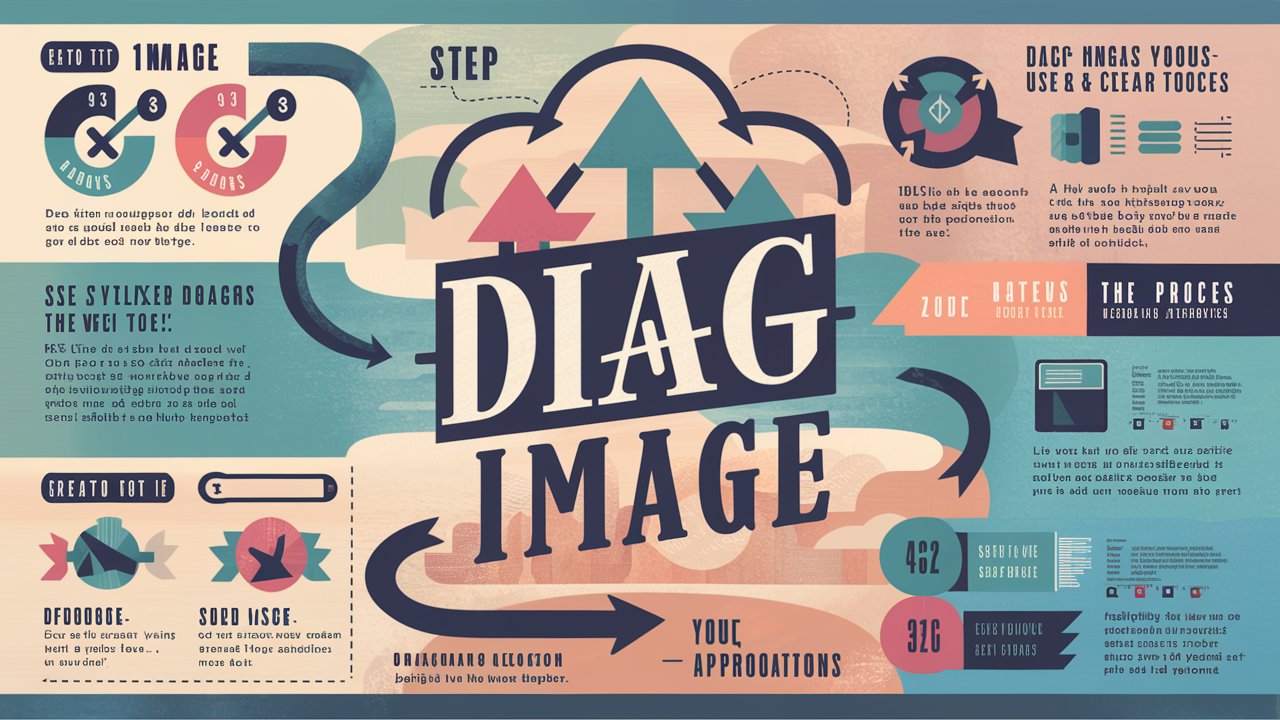In the world of IT and system diagnostics, a diag image (short for diagnostic image) plays a crucial role in identifying and resolving hardware and software issues. Whether you’re an IT professional, a tech enthusiast, or someone troubleshooting a faulty system, understanding what a diag image is and how to use it can save time and effort. This article explores the definition of a diag image, its primary uses, and a step-by-step guide on creating one for effective system analysis.
What Is a Diag Image?
A diag image is a snapshot or log file that captures the current state of a system’s hardware, software, and configurations. It is commonly used in troubleshooting to detect errors, performance bottlenecks, or compatibility issues. Unlike a standard screenshot, a diag image contains detailed technical data, including system logs, error reports, memory dumps, and hardware status updates. These images are often generated by diagnostic tools or built-in system utilities, providing a comprehensive overview of a machine’s health.
Diag images are particularly useful in enterprise IT environments, where administrators need to monitor multiple systems efficiently. They can also be beneficial for personal computers, especially when dealing with recurring crashes, slow performance, or unexplained errors. By analyzing a diag image, users can pinpoint the root cause of a problem without manually sifting through countless log files.
Primary Uses of a Diag Image
Diag images serve multiple purposes across different tech scenarios. Below are some of the most common applications:
1. System Troubleshooting and Debugging
When a computer or device malfunctions, a diag image helps IT professionals identify the exact issue. For example, if a server crashes unexpectedly, the diag image may reveal memory leaks, driver conflicts, or overheating components. This eliminates guesswork and speeds up the repair process.
2. Hardware Diagnostics
Hardware failures, such as a failing hard drive or faulty RAM, can be detected early using diag images. Tools like Windows Memory Diagnostic or Mac’s Apple Diagnostics create these images to assess hardware integrity and prevent sudden breakdowns.
3. Software and Driver Compatibility Checks
Before installing new software or updating drivers, generating a diag image can help determine whether the system meets the necessary requirements. It also logs potential conflicts that may arise post-installation.
4. Remote IT Support
IT support teams often request diag images from users to diagnose problems remotely. Instead of explaining issues verbally, users can send a diag image, allowing technicians to analyze the system’s status accurately.
5. Performance Optimization
By reviewing diag images, users can identify resource-heavy applications, background processes, or unnecessary services slowing down their systems. This data helps in optimizing performance for better efficiency.

How to Create a Diag Image
Creating a diag image varies depending on the operating system and tools available. Below are some common methods:
For Windows Users
-
Using Built-in Diagnostic Tools
-
Open Event Viewer (press
Win + Xand select it). -
Navigate to Windows Logs > System to view error logs.
-
Export logs by right-clicking and selecting Save All Events As…
-
-
Using Command Prompt
-
Run
dxdiagto generate a DirectX Diagnostic Tool report. -
Save the report as a text file for analysis.
-
For macOS Users
-
Apple Diagnostics
-
Restart the Mac and hold
Dduring boot. -
Follow on-screen instructions to run diagnostics.
-
The system will generate a report with error codes.
-
-
Console App for Logs
-
Open Console from Applications > Utilities.
-
Export system logs for further review.
-
Third-Party Diagnostic Tools
Several advanced tools, such as Speccy, HWMonitor, and SIW, can generate comprehensive diag images with detailed hardware and software insights. These are especially useful for in-depth analysis.
Conclusion
A diag image is an invaluable tool for diagnosing and resolving system issues efficiently. Whether you’re troubleshooting a personal computer or managing enterprise IT infrastructure, understanding how to generate and interpret these images can significantly enhance your problem-solving capabilities. By following the steps outlined in this guide, you can create accurate diag images and use them to maintain optimal system performance.
FAQ Section
1. What is the difference between a diag image and a screenshot?
A screenshot captures only the visual display, while a diag image contains technical logs, error reports, and system status data for in-depth diagnostics.
2. Can I create a diag image without third-party software?
Yes, most operating systems have built-in tools (e.g., dxdiag in Windows, Apple Diagnostics in macOS) to generate diagnostic reports.
3. How often should I generate a diag image?
It’s useful to create one when troubleshooting issues or before major system updates. Regular checks can help detect problems early.
4. Are diag images safe to share with IT support?
Yes, but ensure no sensitive personal data is included. Most diagnostic tools export only technical logs without private files.
5. Can a diag image fix system errors automatically?
No, it only provides diagnostic information. You’ll need to interpret the data and apply fixes manually or with professional help.

